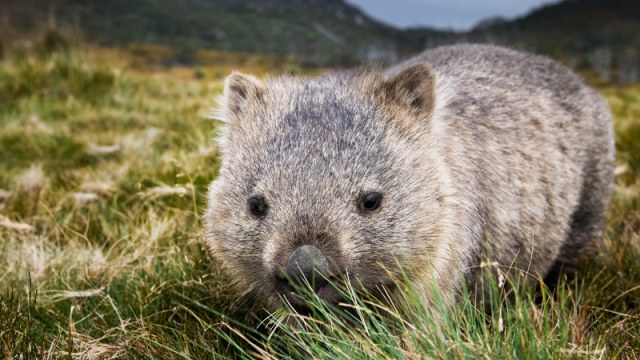Today I would like to speak with you all about reproduction. Not sex or any of that fun stuff, procreation! Procreation is serious business. All organisms want to make a lot of babies and ensure that as many of those babies survive as possible. But how? Resources and time are limited so you can’t pump infinite babies out indefinitely and expect to be able to provide enough care that they all survive. Choices must be made. And by “choices”, I of course mean reproduction patterns. And by “made”, I mean evolved.
So organisms evolve these different reproduction strategies. At the heart of it, the strategies are based tendencies toward quantity or quality.

By the way, those are squid egg CASES. Meaning each of those holds hundreds of eggs.
Not too say that species tending towards larger quantities of offspring will then have lower quality offspring. No, it’s really a question of large quantity reproduction vs. high quality parental care. To get really technical, we say species are r-or K-strategists. “r” as in population growth and “K” as in carrying capacity. For my own memory, I find it useful to think of these as rapid reproduction vs. karing for the kids.
Species in unstable habitats with non-limiting resources (not unlimited resources, but resources where the amount or access to resource is not limiting to population growth) that can rapidly respond to disturbance and can experience rapid population growth are typically r-strategists. Habitat will limit population as opposed to competition within the habitat. Other typical traits of r-strategists include early and frequent reproduction with many offspring that have a high mortality rate. These species also tend to be small and semelparous (adults reproduce once and then die).
Conversely, species with growth limited by competition, in stable environments and that possess a slower growth rate will be K-strategists. K-strategists will live longer, but they will not reproduce as much or as early and offspring have much longer development. However, offspring survival is much higher due to extensive parental care and smaller “litter” sizes. These species also tend to be iteroparous; they’ll reproduce many times over their lifetime.
Of course, nothing in biology is set in stone. There are small starfish that brood over hundreds of eggs and large sharks that leave their young right away (life is unnecessarily hard for shark babies, but that is a tale for another day). So consider r and K reproduction strategies as on a spectrum. A spectrum with some little loops and fangly bits. Because life ain’t simple.
Sources
Bohn, K.M. 2011. “Life History Patterns”. Ecology. Whitman College. Walla Walla, WA.
 They really are tanks, though. Although they’ll keep your grass short, they have a habit of walking through obstacles, rather than around.
They really are tanks, though. Although they’ll keep your grass short, they have a habit of walking through obstacles, rather than around.